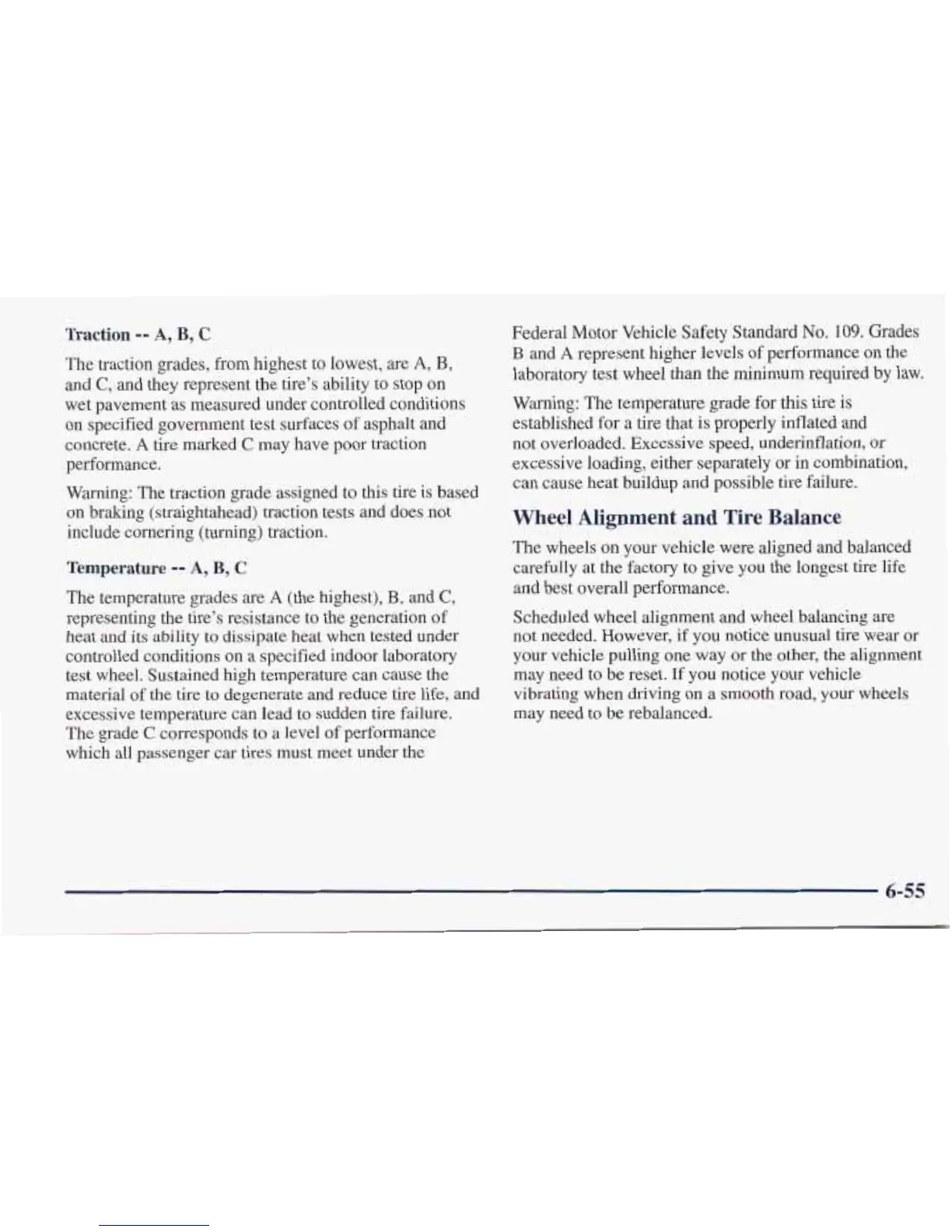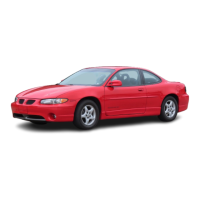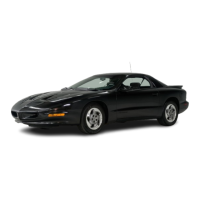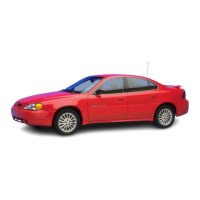Traction
--
A,
B,
C
The traction grades, from highest to lowest, are
A,
B,
and
C,
and they represent the tire’s ability to stop on
wet pavement as measured under controlled conditions
on specified government test surfaces
of
asphalt and
concrete.
A
tire marked
C
may have poor traction
performance.
Warning: The traction grade assigned to this tire is based
on braking (straightahead) traction tests and does not
include cornering (turning) traction.
Temperature
--
A,
B,
C
The temperature grades are
A
(the highest),
B,
and
C,
representing the tire’s resistance to the generation
of
heat and its ability
to
dissipate heat when tested under
controlled conditions on a specified indoor laboratory
test wheel. Sustained high temperature can cause the
material of the tire
to
degenerate and reduce tire life, and
excessive temperature can lead to sudden tire failure.
The grade
C
corresponds
to
a level of performance
which all passenger car tires must meet under the
Federal Motor Vehicle Safety Standard
No.
109.
Grades
B
and
A
represent higher levels of performance
on
the
laboratory test wheel than the minimum required
by
law.
Warning: The temperature grade for this tire
is
established for a tire that is properly inflated and
not overloaded. Excessive speed, underinflation,
or
excessive loading, either separately or in combination,
can cause heat buildup and possible tire failure.
Wheel Alignment
and
Tire Balance
The wheels
on
your vehicle were aligned and balanced
carefully at the factory to give you the longest tire life
and best overall performance.
Scheduled wheel alignment and wheel balancing are
not needed. However, if you notice unusual tire wear or
your vehicle pulling one way or the other, the alignment
may need to be reset. If
you
notice your vehicle
vibrating when driving on a smooth road, your wheels
may need to be rebalanced.

